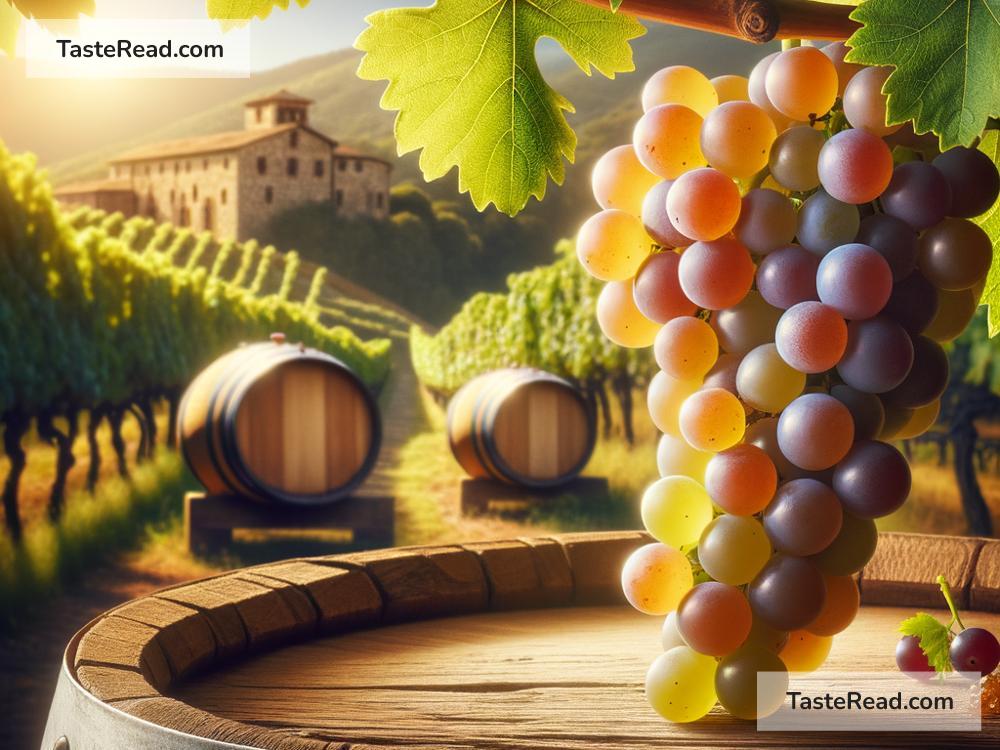The Surprising Role of Grapes in Winemaking
When most people think about wine, they imagine fancy dinners, swirling glasses, and sophisticated tastes. But at the very heart of this beloved drink is a small fruit that often goes unnoticed: the humble grape. Grapes are not just the main ingredient in wine; they are the very foundation of winemaking. Let’s take a closer look at the surprising and fascinating role grapes play in creating this centuries-old beverage.
Why Grapes?
There are lots of fruits in the world, so why are grapes the star of winemaking? The answer lies in their unique chemistry. Grapes have the perfect balance of sugar, acids, and water needed to produce alcohol during fermentation. When yeast (a microorganism) eats the sugar in grapes, it produces alcohol and carbon dioxide. This is the magical process that turns grape juice into wine.
Another reason grapes are ideal for winemaking is their versatility. There are thousands of grape varieties, each with its own flavors, aromas, and characteristics. This is why wines can taste so different—from light and fruity whites to bold and rich reds. Grapes truly are nature’s gift to winemakers.
Grapes: More Than Just Juice
It’s easy to assume that winemaking is all about extracting juice from grapes and letting fermentation do the rest of the work. But grapes do far more than provide juice. Every part of the grape—the skin, seeds, and even the stems—can influence the flavor and texture of the wine.
The Role of Grape Skins
Grape skins play a crucial role in winemaking, especially for red wines. When red wine is made, the juice is left to ferment along with the grape skins. This process allows the wine to absorb color, tannins, and extra flavors from the skins. Tannins are compounds that give red wine its structure and sometimes its slightly dry or bitter taste. They also help wine age better over time.
White wines, on the other hand, are usually made without the grape skins. This is why most white wines have a lighter color and a softer, more refreshing taste.
Seeds and Stems: Tiny But Powerful
Grape seeds and stems are small, but they can have a big impact on the wine. Seeds contain tannins, similar to the skins, but they can also introduce bitter flavors if crushed too much during the winemaking process. Stems, when left in during fermentation, can add earthy or spicy notes to the wine. Winemakers must carefully decide whether to include the stems and how much to press the seeds for their desired wine flavor.
Terroir: Grapes and Their Environment
One of the most surprising things about grapes is how much their environment affects their taste. Winemakers often talk about “terroir,” a term that refers to the combination of soil, climate, and geography where the grapes are grown. Grapes grown in different regions—even if they’re the same variety—can taste completely different because of the terroir.
For example, Chardonnay grapes grown in a warm region like California might produce wines with tropical fruit flavors, while the same grapes grown in a cooler place like Burgundy, France, might create wines with crisp apple and citrus notes. Terroir is one of the reasons wine is so diverse and exciting.
From Vine to Glass: The Journey of Grapes
The journey from grapevine to wineglass is a complex and fascinating process. It begins with harvesting the grapes at just the right time. If they are picked too early, they may not have enough sugar or flavor. If picked too late, they can become overly sweet or lose some of their vibrant acidity.
After harvesting, the grapes are crushed to release their juice. For red wines, the juice is fermented with the skins, while for white wines, the skins are usually removed first. The fermentation process is where the magic happens—it’s when the yeast transforms the grape juice into alcohol.
Once fermentation is complete, the wine may be aged in barrels (for added flavor and complexity), bottled, and finally enjoyed. Every step of the process is carefully controlled to bring out the best in the grapes.
Grapes: The Heart of Winemaking
It’s amazing to think that such a small fruit can have such a big impact on the world of winemaking. Grapes provide the sugar for fermentation, the structure for aging, and the flavors that make each wine unique. From the skins and seeds to the effects of terroir, grapes are truly the heart and soul of every bottle of wine.
The next time you enjoy a glass of wine, take a moment to appreciate the grapes behind it. Their journey from vineyard to bottle is nothing short of extraordinary, and their role in winemaking continues to surprise and inspire wine lovers around the world. In every sip, you can taste their dedication to providing one of life’s simple pleasures: a delicious glass of wine. Cheers!


